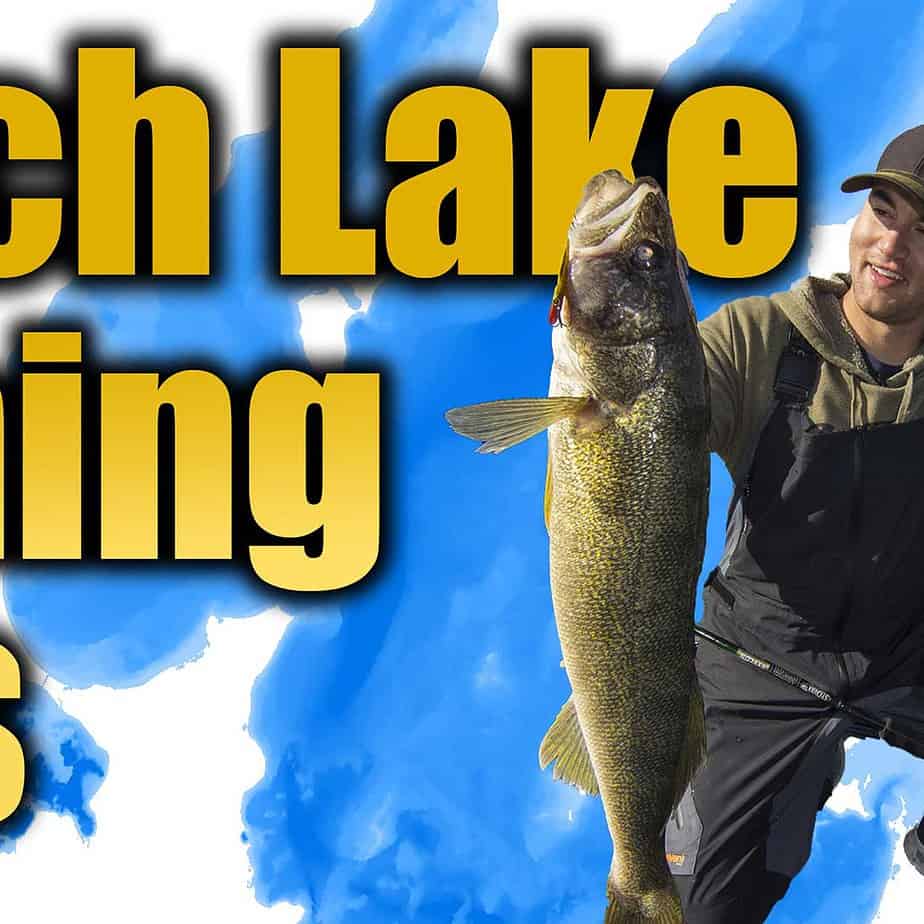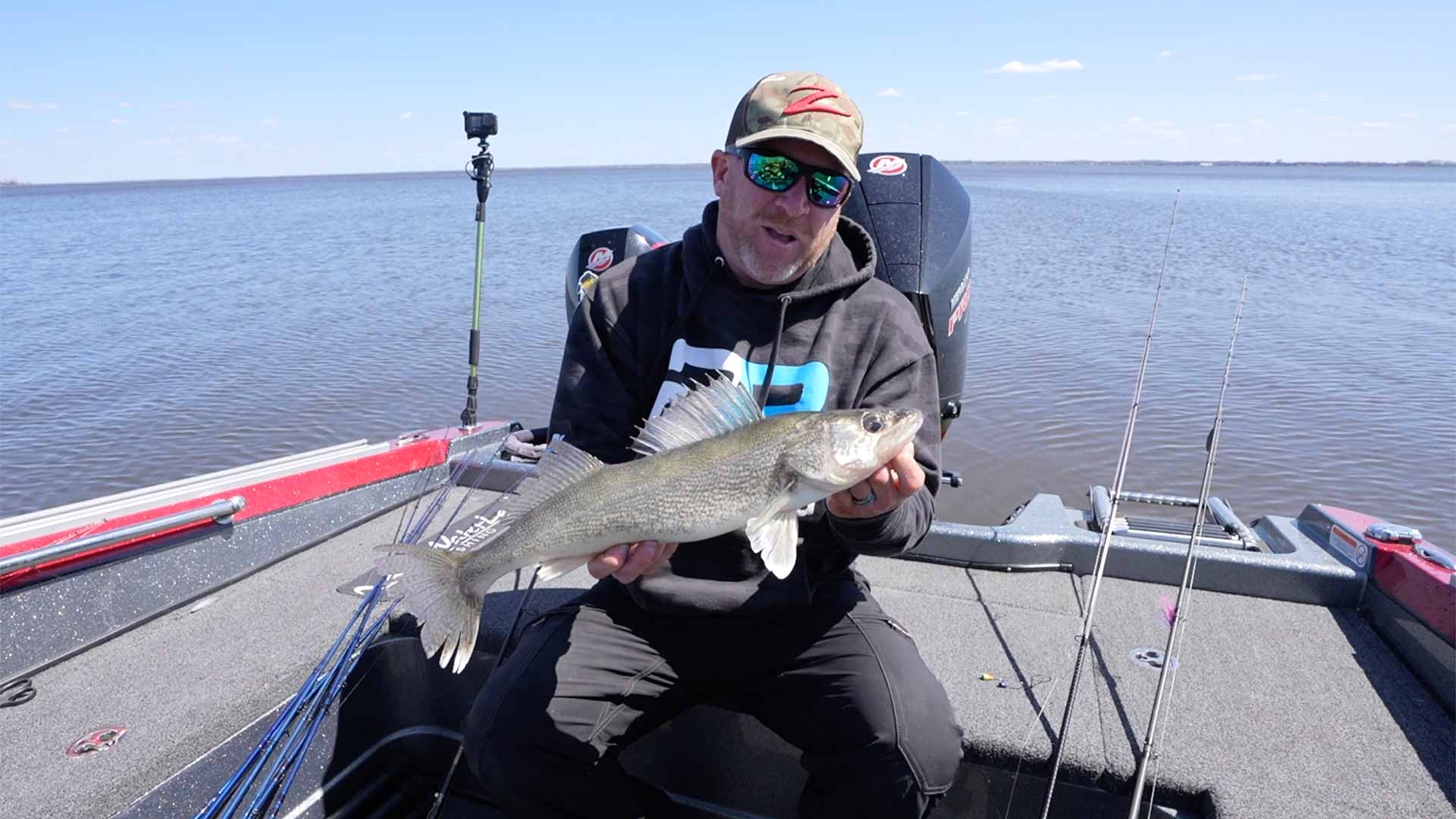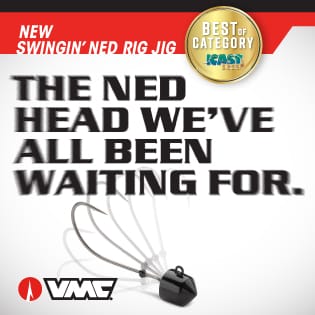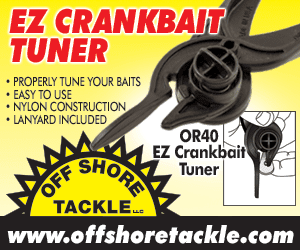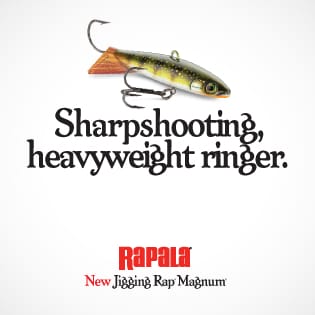If Leech Lake fishing is in your future, this video has all the info you’ll need to find walleyes and put them in the boat! Leech is truly one of Minnesota’s premier walleye lakes. With suitable spawning habitat spread throughout the lake and great year classes reported over the last decade or so. The outlook for angler success this year looks great.
Leech Lake Fishing Tips – Breaking Down A Lake
Covering over 112,000 thousand acres, Leech is not only big, it fishes big. Meaning a large portion of that 112,000 acres has habitat that walleyes love to roam. So if you’re planning on tackling Leech this season it’s best to brake it down into fishable portions.
Starting in Walker Bay. The southern half has the deepest water in all of Leech with tons of rock and sand points, humps, and flats. Lindy rigging large chubs is often deployed here with great success. Most of the northern half is under 10 feet in depth and is a great early season option on the flats south and east of Sand Point or in the depression just off of Oak Point. Don’t forget your slip bobbers and leeches if you head to this area.
Heading through the narrows north of Pine Point is the Goose Island flats. This large area all the way to Big Hardwoods is rather featureless with most anglers drifting light jigs or Lindy rigs and shiners.
Sucker Bay has a long sharp drop off down the middle of it running all the way from 1st Duck Point to 3rd Duck. Under low light condition and windy days walleyes will often cruise on top of the sand grass flat. When it’s calm and sunny they’ll often move deeper off that break. There is lots of ground to cover so pulling crankbaits and later on in the season spinners are great options.
Portage Bay was known for its weed walleye along the cabbage edges up and down the bay. With the weeds thinned down by Rusty Crayfish subtle rock ridges on the flats come more into play. Side Imaging on your electronics can greatly speed up the process in finding these fish holding areas.
The center section of Leech from Stoney Point to the Annex contains the 40 foot trench with sharp sand breaks, and a number of large boulder humps scattered over miles and miles of a 20 foot flat. It takes awhile for the walleyes to move onto some of the center humps so you might want to wait to check them out starting mid to late June. This makes for some of the best Leech Lake fishing during the summer months.
Now the southern part of the main lake. From Pelican island to Wipple Beach, and from Horseshoe Bay to Bear Island has more structure than you can fish in a lifetime.
The good news is that means there are a lot of option to fish depending on the conditions. If it’s calm and sunny the south and west edge has a lot of deepwater structure to fish. When the wind picks up, start chunking the shallows with jigs and plastics or crankbaits. There is also miles of mid-range flats to drift if that’s what you prefer to do.
That’s a general breakdown of the Leech Lake fishing. Our advice: if you’re heading to Leech for the very first time is pick an area and learn it well. Each area has a good population of walleyes and chances are you’ll find the sweet spot that you’ll have all to yourself.
